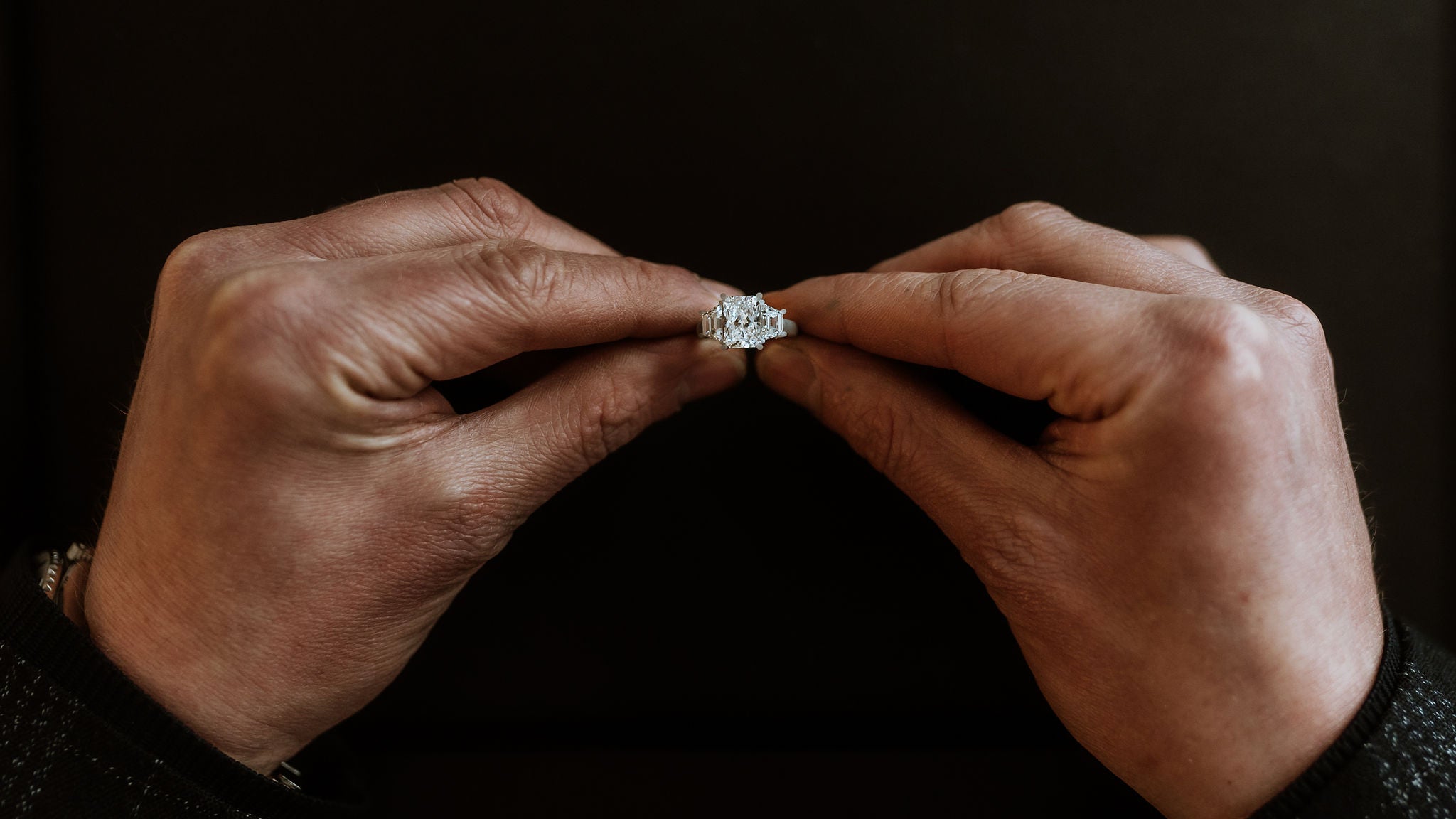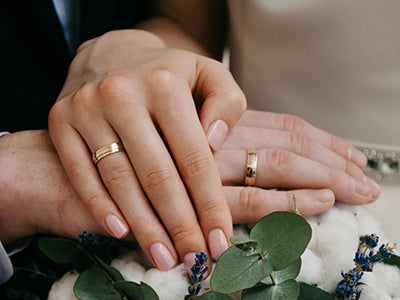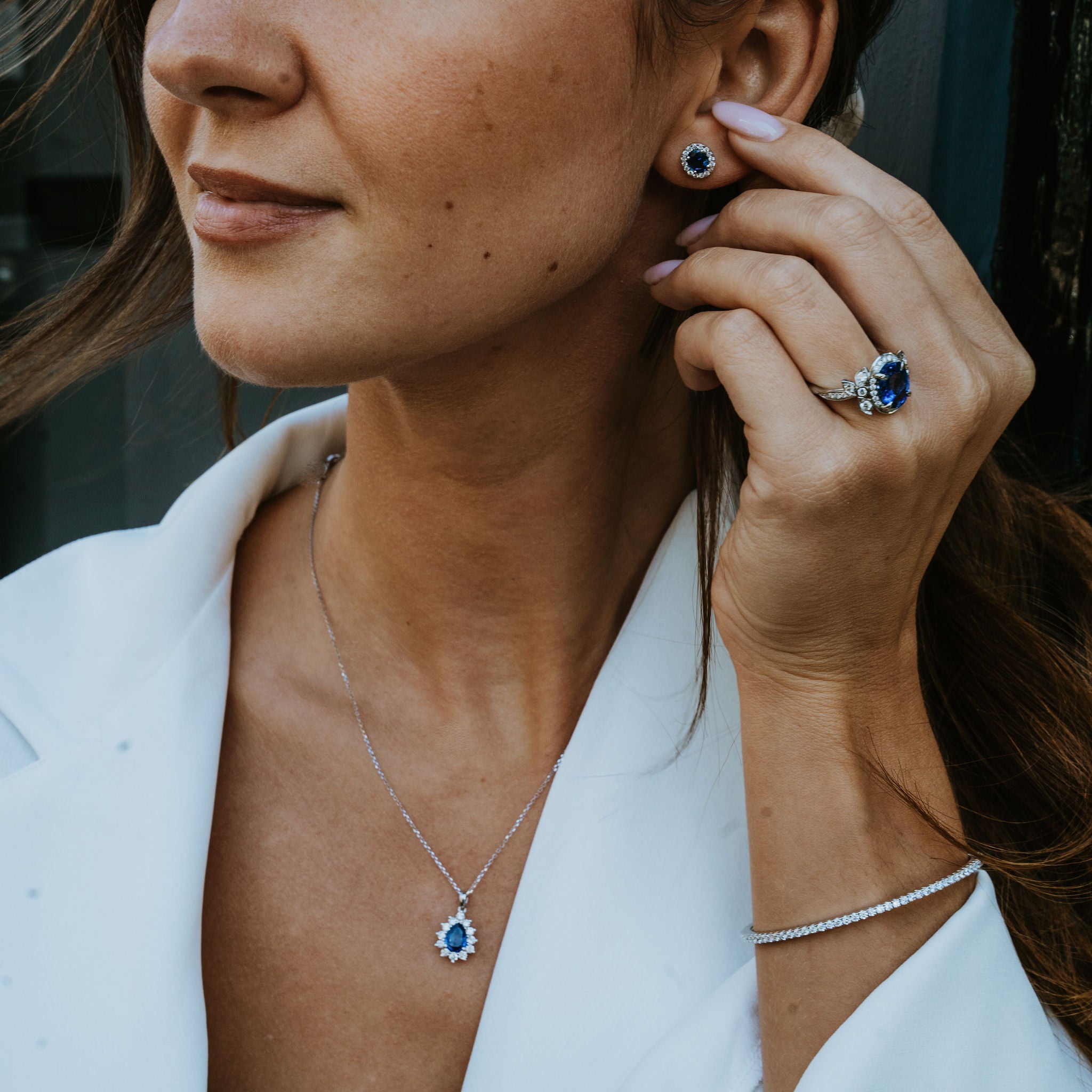 If you are choosing gemstone jewellery, be it rings, earrings or anything else, the colour you select may say a great deal about your tastes, values and important themes in your life.
If you are choosing gemstone jewellery, be it rings, earrings or anything else, the colour you select may say a great deal about your tastes, values and important themes in your life.
Whether it is just a favourite colour, represents a place, or even the shirt of a favoured sports team, people will choose a red, blue, green, purple or amber gem for many reasons.
The Appeal Of Emeralds
Emeralds certainly fall into this category for their stunning green colour. This beautiful precious gem has a widespread appeal, standing out as a point of difference, especially, though not exclusively, when combined with gold.
While emeralds are extremely popular because of their beauty, they do have some limitations. However, various alternatives can still provide you with a beautiful colour but are either harder or come at a lower price.
Emerald is a type of beryl and has been mined and used in jewellery for around 4,000 years, with the oldest mines being located in Egypt. Indeed, there were mines directly associated with Cleopatra that were lost for centuries but rediscovered in 1817.
As well as its stunning colour, the emerald has associations with hope, new growth and eternal life. The Romans associated it with the goddess Venus and, halfway across the world, it was revered as holy by the Incas.
Practical Issues With Emeralds
While the appeal of emeralds is clear, the practical question arises about what kind of jewellery they are best suited for. There are very good reasons for making rings, earrings and other items the sort of thing you can dazzle with at parties and events, but not use for everyday wear, such as in engagement or wedding rings.
Emeralds measure between 7.5 and 8 on the Mohs hardness scale. This makes it moderately hard, but still much more vulnerable to being scratched and chipped than rubies or sapphires (which measure 9) or diamonds, which are the hardest material at 10.
This makes them tricky to cut, not least because most emeralds have fractures and blemishes, although these are seen (unusually among gems) as a positive, adding natural character. It does, however, mean they are more easily damaged and the difficulty of cutting means this adds to their value, alongside their scarcity.
Green Alternatives
If you are looking for an alternative but still want something green, there are different directions in which you can go. If you have the budget for real emeralds but want something more durable that can be worn daily like a wedding ring, green diamonds are a great option.
These are produced by exposing natural white diamonds to radiation. There are instances where this can happen in nature, but it can also work with lab-made diamonds that are deliberately irradiated. This will give you a green gem of maximum hardness. And fear not, it isn’t so radioactive that you’ll start glowing in the dark or growing another head!
Alternatively, if your budget is not so large but you really want something green, there are many alternatives. The International Gem Society lists 32 green gems, so it is not just about emeralds and green diamonds.
Some of these green gems are very common and familiar, such as jade, which is semi-precious and not transparent or particularly translucent. Other green gems ranging from opaque to translucent include aventurine, idocrase and chrysoprase.
Surprising Green Options
Others, however, could easily be passed off as emeralds when not seen by a trained eye and might therefore make desirable alternatives.
Garnets are normally red, but green versions such as tsavorite and demantoid exist. These are among several examples of gems that are normally a different colour but can occasionally turn out green.
Even sapphires can do this, which due to their hardness makes them good candidates for engagement or wedding rings, although the shade tends to be more of a mint or olive green than the grassy green of an emerald. Less precious examples include yellow-green peridots and chrome diopside, which comes in a darker green.
Tourmaline is one of the best options of all, not least because although it is not an emerald, the stone gets its colour from chromium, the same rare element that makes emeralds green.
There are also gems that, like diamonds, can be turned green in a lab. This includes amethysts, which can be transformed from their natural purple using heat treatment.
With so many options, you can choose between a lot of different shades of green, between transparent gems and those that are not, as well as picking precious stones that are harder and presented in an unusual colour. If you want to go green with your jewellery, there are many wonderful ways to do it.





